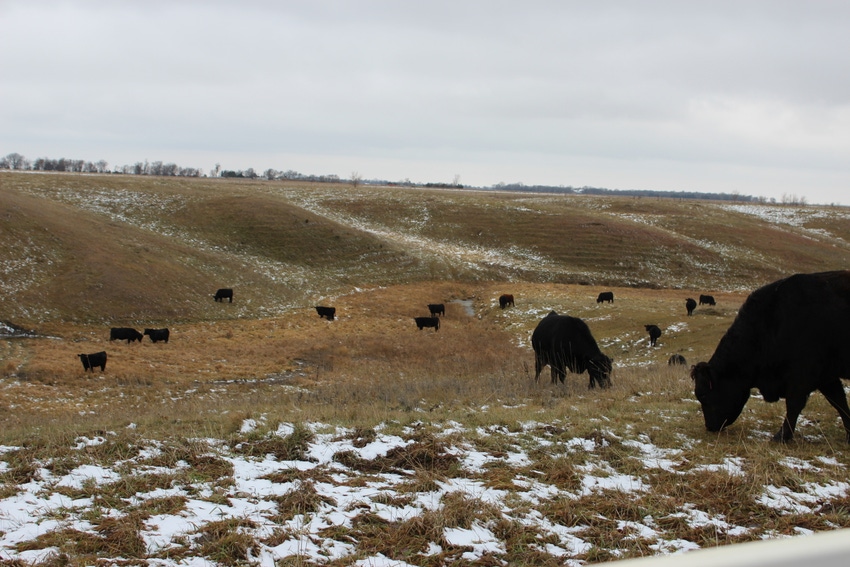Looking ahead to 2020: Agribusiness trends to watch
Will the beef industry rebound in the upcoming year? How will consumer demands shape future industry practices? Rabobank predicts agribusiness trends for the 2020s.
December 27, 2016

With just a few days left in 2016, it’s time to start looking ahead to 2017 and beyond. Which food trends are going to be big in the New Year? How will farm economics reshape the food sector? What will consumers be looking for at the meat case?
Rabobank AgriFinance recently identified the long-term prospects for food and agribusiness for 2017 and beyond. Here are a few trends to watch in the next three to five years:
“After three years of consecutive losses, farmers have used much of their liquidity and are forced to make financial decisions on how to structure debt and leverage equity,” according to Rabobank.
As a result, it’s expected that after 2018, a lower cost structure, particularly in land values, will set in. Row crop farmers have experienced three years of financial losses, and it’s forcing folks to restructure debt and leverage equity.
Rabobank says, “For row-crop farming to recover, a combination of higher commodity prices, lower input costs, and government policy needs to come together. The landscape of row-crop farming will depend heavily on the weight each of the three carries in driving the recovery.”
While a modest rebound in the livestock sector is expected in 2018, Rabobank sees ranchers only slightly expanding production levels, and margins will be expected to tighten into the New Year.
Rabobank reports, “The decline in U.S. grain prices is creating an expansion in its animal protein sector, particularly during 2017. In addition, despite feed costs in Mexico having increased, the steady demand and prices continue to incentivize an expansion in the sector, while Canada is likely to expand at a slower rate.”
Looking at the numbers, the U.S. cattle herd grew in 2016, following the 4% growth recorded in 2015. Rabobank projects additional growth through 2019, at just under 4%.
“While domestic U.S. consumption is expected to increase due to lower prices, exports will have to make up 11% of production or more by 2018/19 in order to sustain the new U.S. cattle inventory levels. This is a critical milestone, as the U.S. has never sustained 11% in exports for an entire year. Failure to sustain these higher levels of exports will result in faster and potentially deeper herd liquidation beginning as early as 2019,” Rabobank economists say.
It will be challenging for the animal protein sector in North America to find more demand growth and value creation, says Rabobank, and societal demands will continue to shape and change production methods in the future.
Rabobank says, “At this point, consumer trends surrounding antibiotics, animal welfare, and organic could erode the traditional U.S. animal protein sector. This should be an opportunity to create value in certain segments. However, companies need to focus more on adding value, increase productivity, and be closer to consumers.”
The opinions of Amanda Radke are not necessarily those of beefmagazine.com or Penton Agriculture.
About the Author(s)
You May Also Like





